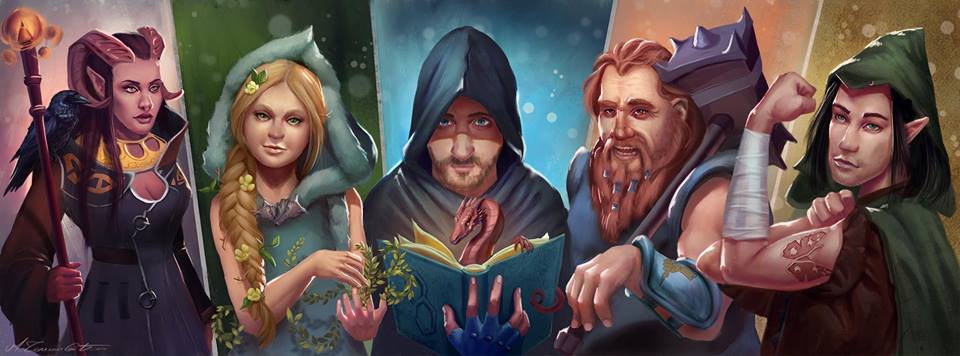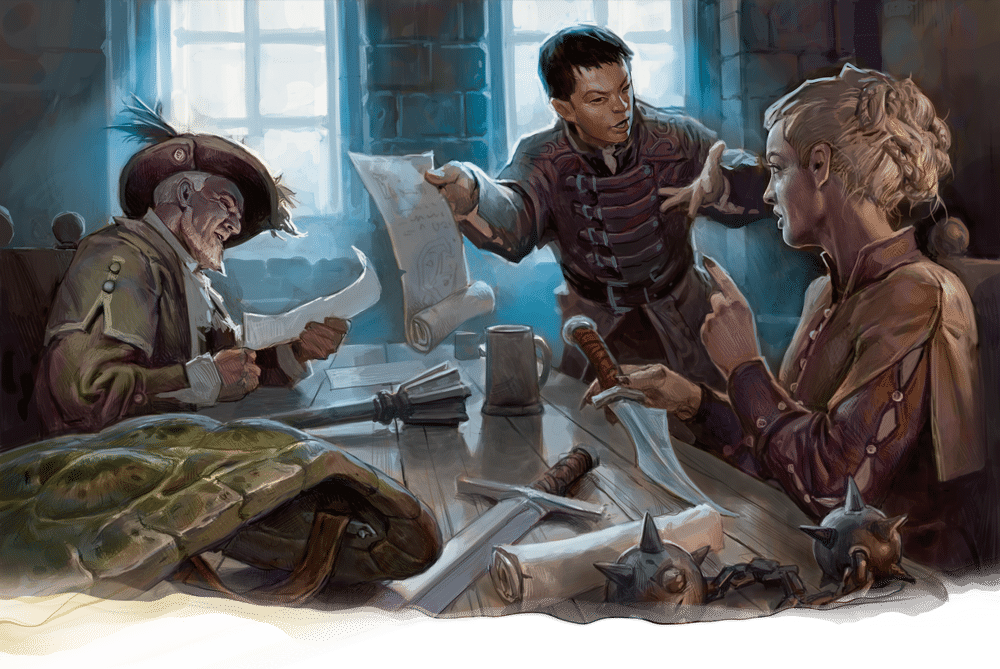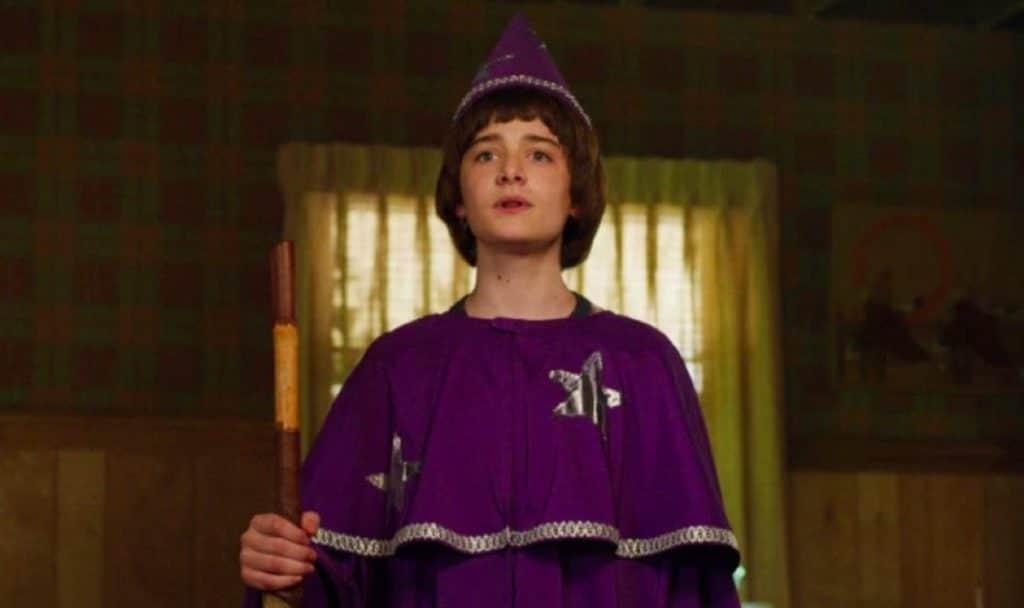D&D Tip 1: Playstyles
With this one D&D Tip, I am going to
- Transform your D&D experience?
- Reduce Campaign Fatigue
- And alleviate some of your fears to playing the game.
Curious on how?
Well, today we are going to give you the solutions to all these questions and much more by teaching you the most important D&D tip no one talks about….. Playstyles
Utilizing the 7+ years of D&D experience that I have, as well as my discussions with numerous players and DM’s, I will teach you the basic D&D Tips to understand:
- What are the playstyles
- Why they are important
- Warning Signs of differing playstyles
- How to overcome it
The goal is by the end of this article you will have a basic understanding of knowing the playstyles.
Which should let you immediately see an improvement in every aspect of your D&D experience.
Too good to be true?
Well, read this article and try out these tips for D&D next time you play.
And if you do or don’t see an improvement, leave a comment down below berating me or complimenting me.
As the internet does.
Why are these important?
Now you might be thinking.
Well, Nick, I already have a ton of fun in any campaign I play and I see no reason why this is important.
Well, Mr. made-up person, you are wrong.
The truth is not every D&D campaign is the best fit for you.
And understanding this is as important as knowing the rules on how to play.
Without being able to understand this fact, you will never be able to truly maximize your enjoyment of the game.
Let’s go over why.
The reasoning is pretty simple actually.
Let’s say your favorite kind of book to read is a good ole smutty romance novel, but you absolutely hate biographies as you find them boring.
Now, let’s say there are two books you can choose to read, one is a romance novel and the other is a biography, which of these are you going to read?
You are going to read the smuttiest, filthiest, guiltiest of pleasures, romance novels.
Why?
Because that is what you enjoy reading.
D&D is the same way.
You see, Dungeons and Dragons is an unwritten story that changes based on characters’ decisions.
This means the story will become however the players and DM decide to act.
So, what happens to a character riddled with intricate backstory, plot, intrigue, and all manner of social interactions,
Gets thrown into a party of battle jockey knights.
They don’t care what your backstory is, but do care if you can fight an ancient dragon well above your level?
Chances are you are not going to have a lot of fun with that group and leave after a few sessions.
You will leave and hopefully find a group that better fits your playstyle.
And it is for this reason that learning these D&D tips on your playstyle is important.
As, just learning what your playstyle is, will help you find groups you enjoy playing with faster, as well as how to have more fun in D&D as a whole.

PLAYSTYLES
So what are the 4 kinds of playstyles?
To keep it brief, there is: (1) Roleplay, (2) combat (3) Utility (4) Exploration
ROLEPLAY
People of the roleplay playstyle, are the thespians of the group.
They are the first to do accents and make decisions for their character than themselves.
If you value acting your character and creating intricate backstories 12 pages long for your DM to pour-over.
COMBAT
Combat-focused players are your battle jockeys.
They are often building the half-elf pact of the chain, hexblade warlock who fires eldritch blast with agonizing blast.
They love the thrill of almost dying and either dominating the battlefield or barely surviving.
These people may not always be itching for a fight but when it begins, they will not stop.
I could describe it a million other ways; to put shortly, they love war.
UTILITY
Utility playstyle is the supporter of the group.
They are not the ones flinging spells to kill but using spells to fix.
They like to crack the secrets to a long-forgotten puzzle or help out the party achieve a secret mission.
These people are here to assist and shine in difficult situations where smashing won’t do.
If this is your main playstyle then you are usually the strategic leader figuring out the ways to make your team run better.
EXPLORATION
There are thespians, battle jockeys, Supporters, and then the inventors.
Exploration playstyle focuses on creating and reinventing the wheel.
They are the ones asking to build this or that or implement some homebrew mechanic in the game.
This is the hardest one to identify with, as it can be found in any of the three categories.
That said, if usually you find yourself switching between the other three categories, this is usually a sign that exploration is your primary category.
D&D Tip 1: Playstle Summary
Now that you know the basics of what each of the four playstyles is, figure out which one is best for you and use these next steps to help you in your next game.
Also, don’t worry if you don’t know which one is for you.
The list I describe is pretty rudimentary but these will be gone over in more detail in later articles discussing D&D tips.
Or you can skip the wait with my beginners guide to D&D book, which will go over more D&D tips than my articles will have
D&D Tip 2: Warning Signs of Differing Playstyles
The next D&D tip you will need to know, is warning signs of differing playstyles.
Even if you don’t know your playstyle immediately it can be pretty evident that the group you are playing with does not match your playstyle.
The simplest warning signs are to ask these questions to yourself and see what your response is.
- When I play, do I often find myself bored in the campaign?
- What are we doing in the campaign?
- Do I usually get bored doing this even if it is me?
If your answer to the final question was yes, then chances are you found something that is not your primary playstyle.
For instance, I enjoy roleplay and talking to NPC’s, but often even if I am the one leading the conversations, I often get bored with it pretty quickly and want to do something else.
As a result, I was able to find out that roleplay playstyles are not my favorite way to play the game.
So, when playing D&D I usually look for players who lean more toward a playstyle that more fits my wants.
Now, this doesn’t mean we don’t use accents or talk to NPC’s, we just do it less than people of a thespian playstyle would.
But, some other common warning signs you can notice in your campaign are…
- Do I often not want to do what the party is doing?
- Is my DM constantly putting the party in tasks that I hate doing?
- Do I often end D&D sessions unsatisfied with how our session ends?
If you answered yes to any one of the questions, then I suggest you see what the other players & DM playstyles are and see how well your playstyle fits with them.
The results can be really enlightening.

D&D Tip 3: How to Overcome Differing Playstyles
Now just because your group has a differing playstyle then you don’t mean you should leave.
In fact just the opposite!
D&D groups require several different playstyles to get the full experience, so just because someone else likes doing something you don’t doesn’t mean you should avoid or shun them.
After all, you might find out you actually like that playstyle in certain ways.
So, then how do you deal with differing playstyles?
There are several ways!
However, there are four common ways to deal with them.
- Understand
- Address
- Compromise
- Leave
Understand
The first D&D tip to overcoming differing playstyles is to understand that everyone has differing playstyles and to simply accept the fact and learn to appreciate when your playstyle comes up while letting them do their thing.
This creates the least tension in the group as nothing changes but you.
However, since the only one changing is you, if you cannot change, or still do not get enough of your kind of game to find D&D enjoyable, you will not enjoy yourself
Address
Sometimes players and DM’s don’t know you aren’t having fun.
In these kinds of situations Addressing it is the best method.
Simply say, “Hey guys I know you all are having fun doing _______ but I really enjoy ______ and have been finding myself a little bored each session.
Is there any way we can do ______ but still do what you all enjoy?
This can be really uncomfortable for the one addressing it as it forces your opinion and thoughts on others.
But it can lead to the best success as it forces the other players to understand you better and adapt to what you like.
Just don’t do it often or then people will have issues with you as a person which never ends well.
Compromise
The next solution is to Compromise.
This is working with either the DM or players to allow your playstyle to come up more, or to encourage the party in doing things you like to do as well.
This is usually a very uncomfortable spot for everyone, as like addressing, you not only force the issue but then discuss and take charge with how you envision the group’s playstyle to be.
This looks something like “Hey DM, recently I haven’t been having fun with ______ but I really loved when we did ______, as a result, I had an idea where we do this ________ more often by doing _______
This moves one step forward from addressing by having you take the initiative to propose a plan and getting everyone to agree.
This requires a constant back and forth and often sees the best results.
But sometimes these can end in the final solution… Leaving
Leaving
The final option I can give you as a tip for D&D, is usually the worst option, leaving.
This says “Hey I can’t handle how these games are going and it does not seem like they are changing any time soon. As a result, I am done with the game and am going to do something else”
This should only be done if all the other 3 options have not worked.
But should still be done, as you staying does a disservice not only to yourself but to the party as well.
Conclusion
Any way you look at it, going by these four D&D tips for differing playstyles and utilizing your understanding of everyone’s playstyle, will allow you to transform how you play D&D.
With this knowledge, you can
- Transform your D&D experience by having a greater understanding of your party.
- Reduce Campaign Fatigue by knowing what kinds of campaigns to look out for.
- And alleviate some of your fears to playing the game by knowing a few ways to handle conflict as well as reduce your chances of conflict in general.
If you are looking for some more tips for D&D, here are two more than any player should use.
Understand the classes, spells, and abilities your player has.
This can be achieved by reading reviews on the specific topic such as my review on war mages.
Another way is to learn more about being a better player and improving your character building.
Which, my Beginner’s Guide to D&D book, Character, Classes, and You does a great job.
Not only does it help you build your characters better, it goes over great tips to improve your gameplay.
And it only costs 99 cents to buy!
Which goes to buy my cheap coffee to give me the caffeine to work on this website.
Thus giving you more content to read.
So definitely check it out and look forward to seeing you learn more D&D Tips and becoming a better player!

